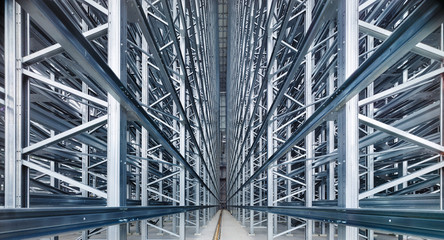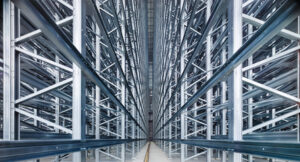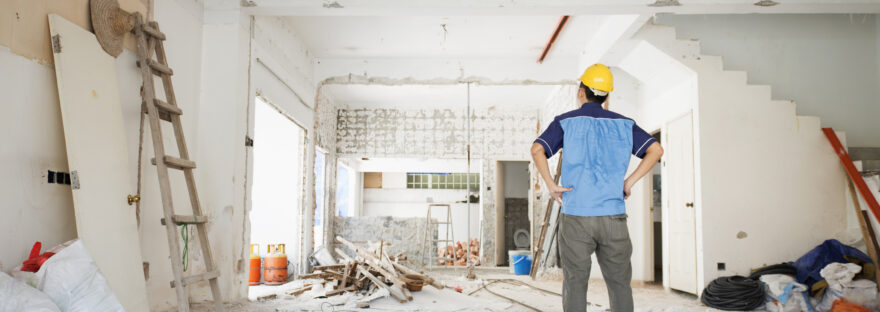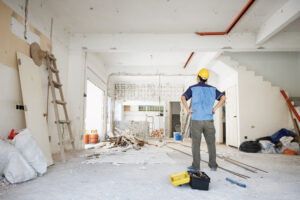A bathroom remodel or renovation adds value to your home. However, the type of value you get depends on how you approach the project. For more information, click the J&R Construction to proceed.
Start by planning out your renovation, ideally with a professional. This can take weeks or months. Narrow down a design idea, check shipping times for materials, and line up contractors.
A bathroom remodel can dramatically improve the look of a room. New fixtures, tiles, paint, and other upgrades will give the space a brand-new look. If you need help figuring out where to begin, hire a professional designer to help you create the perfect look for your home. They will also ensure that your plumbing is installed correctly and efficiently.
Choosing the right lighting is another important part of any bathroom renovation. You can choose from recessed lighting, spotlights, or sconces. Depending on your bathroom style, you can install a chandelier or pendant light to make a statement in the room. If you want a more minimalist look, use recessed lighting and white sconces to brighten the space. If you’re doing a full remodel, consider installing a window to let in natural light.
Another great way to add visual interest to a bathroom is by introducing patterns and colors. Choose a tile or wallpaper with a design you love that goes well with the rest of the space. Add some plants to the room for a pop of greenery and freshness.
If you have a windowless bathroom, consider painting the walls in an accent color to help it feel bigger. Opt for a light shade that’s easy to wipe down and resistant to mold and mildew growth.
On the other hand, if you’re going for a more minimalist vibe, paint the entire bathroom in one neutral color and opt for a matte finish. Matte finishes are also easier to wipe down and resist moisture than glossy finishes.
While remodeling, you may need to remove or cover furniture and other items in the area. Dust and debris will travel throughout the house, especially during a major remodeling project.
While many people avoid remodeling their bathrooms because of the cost and disruption, the fact is that this project offers a strong return on investment (ROI). It’s important to have your expectations set realistically. While a complete overhaul of the bathroom can significantly increase value, you can still make a dramatic difference with even a small renovation.
The bathroom is a very functional space in any home, and it’s important to have it meet the family’s needs. It’s also a great place to add luxury that helps to create a relaxing experience. One of our main goals when transforming bathrooms is to incorporate the right blend of function and luxury.
Your family’s needs can change over time, which is where a bathroom remodel comes in. You can make it better fit your needs by adding features such as storage for towels and linens, a double sink to accommodate different users, or simply changing the layout to maximize space.
You can also upgrade your fixtures and appliances to be more energy-efficient. This is not only good for the environment, but it can save you money on your energy bill as well. For example, swapping out your old showerhead for a low-flow option can significantly reduce water usage without impacting your comfort.
A bathroom remodel is also a great opportunity to add safety features that will help protect your family’s health. For example, you can add grab bars in the shower or bathtub to prevent falls. You can also add non-slip flooring and lighting to reduce the risk of accidents and injuries.
Another reason to perform a bathroom renovation is to make your bathroom safer for older family members. Adding features such as a walk-in tub or ramp can make it easier for elderly family members to use the bathroom.
There are many other ways to improve the functionality of your bathroom, including adding a laundry room or installing a window. These changes can greatly help people with mobility issues or other physical limitations.
When performing a bathroom remodeling project, you must consider building codes. For instance, you must ensure that the first four feet of drywall are moisture and mold-resistant. Other requirements must be met, such as an exhaust fan and a vent.
Bathrooms are the most-used spaces in a home and play a critical role in our everyday lives. Upgrading your bathroom can give you more comfort and add to the overall value of your property.
As a result of their constant use, bathrooms tend to be one of the most energy-consuming rooms in homes. Remodeling them to incorporate more energy-efficient fixtures and appliances can help homeowners save on utility bills while contributing to a healthier environment. Many newer toilets and showerheads are significantly more water-efficient than older models, and replacing old light fixtures with newer energy-efficient ones can also reduce utility costs.
A bathroom remodeling project can be as simple or as extensive as possible. Adding more storage space, for example, can make it easier to keep the room clean and free of clutter that could pose a health risk. Creating more storage can also help you keep essential items within reach when needed. If installing more storage, consider using wall or ceiling spaces to make the most of limited floor space. For example, installing a wall-mounted hanging basket for towels or a corner shelf to hold toiletries can be an attractive and functional addition to any bathroom.
Another way to increase efficiency in your bathroom is to install a showerhead that uses low-flow technology. This can dramatically reduce your water consumption, saving on the electricity used to heat it. Other simple ways to reduce your energy usage in the bathroom include switching to CFL or LED lighting and limiting the number of light bulbs you use.
Before starting a remodel, it is important to disconnect the electrical and plumbing services and to take care not to damage existing fixtures or pipes when removing the old fixtures. It is also a good idea to remove the drywall and have the space patched and primed before putting in new drywall. This will help to prevent mold and mildew, as well as make the room more attractive.
When planning a bathroom remodeling project, working with licensed professionals is important to ensure the job is done correctly and safely. A full-scale renovation includes dropping walls and rerouting plumbing lines, which requires a great deal of skill and experience to do properly. Working with a professional will also guarantee that the project meets local building codes and standards.
While the value of your home is based on several factors, including location and market conditions, remodeling your bathroom can help increase its value. A beautifully remodeled bathroom is a big draw for buyers, and homes with updated bathrooms tend to sell faster and at higher prices. Even if you plan to sell your home later, a well-designed bathroom can enhance your quality of life while you live there.
Adding more storage is another simple and effective way to increase the value of your bathroom. You can add more cabinets, closets, shelving, or a combination of these to make your bathroom more spacious and organized. This will also provide a more luxurious feel to the room, which can appeal to buyers.
Replacing old fixtures with energy-efficient versions is a great way to add value to your bathroom while helping the environment. Upgrading to low-flow toilets, showerheads, and faucets will save you money on your utility bills, but it will also help reduce your water consumption, which is good for the environment.
Remodeling magazine’s 2023 Cost vs Value report shows that most bathroom renovation projects return 56-64% of their costs. This is a strong return on investment, and it makes sense because the bathroom is one of the most important rooms in the house.
The decision to remodel or renovate your bathroom is a personal choice and should be based on your preferences and your family’s needs. However, if you decide to renovate your bathroom, consult a professional contractor and choose the right materials for long-lasting results.
While many homeowners renovate their bathrooms, hiring a professional for more complex projects like installing a new tub or shower stall is best. A qualified bathroom contractor will have access to the latest tools, materials, and techniques for a high-quality result. In addition, they can recommend other upgrades that can improve your bathroom’s functionality and appearance. They will also know how to navigate local building codes and regulations when they work on your project.




